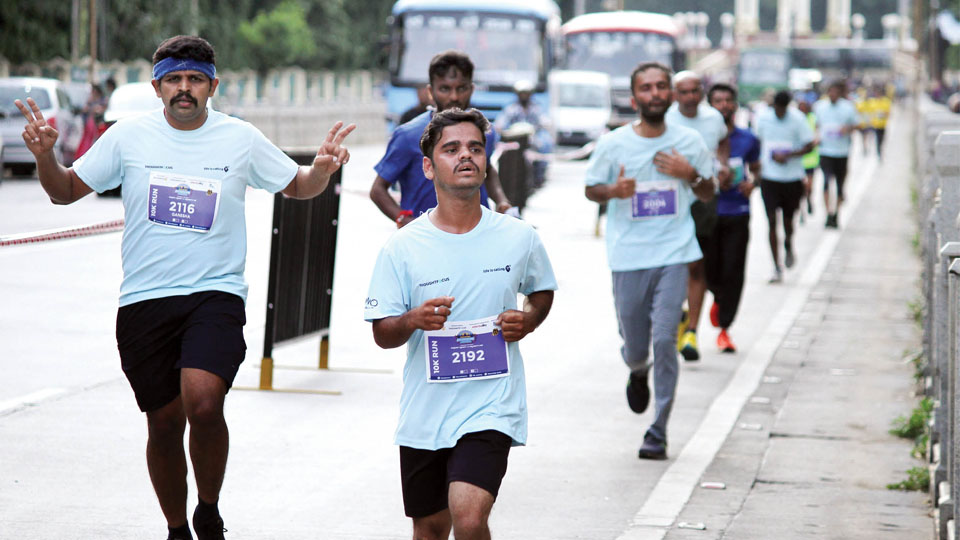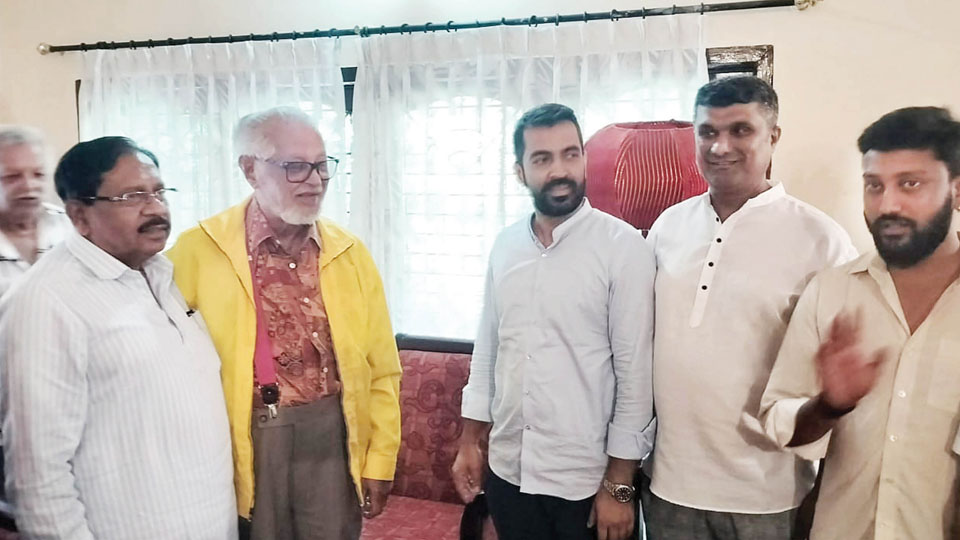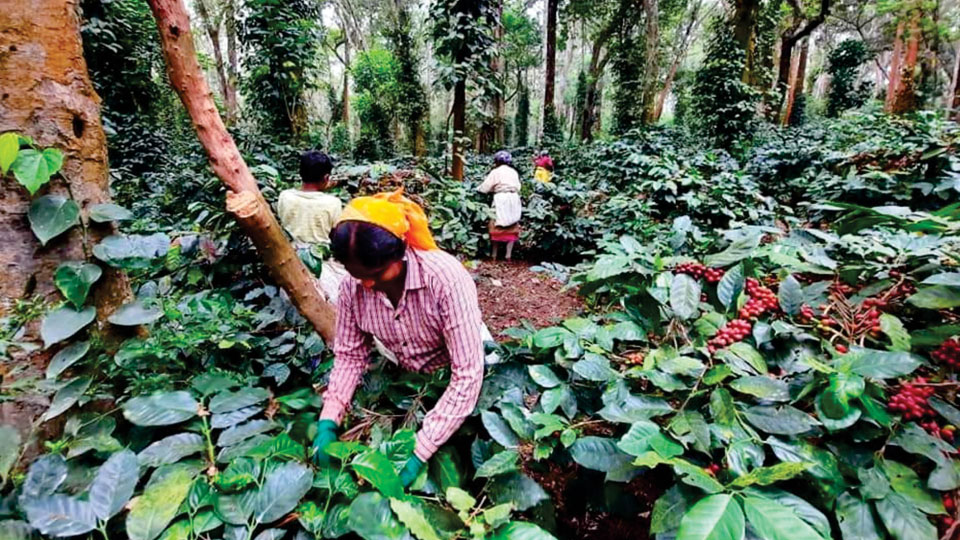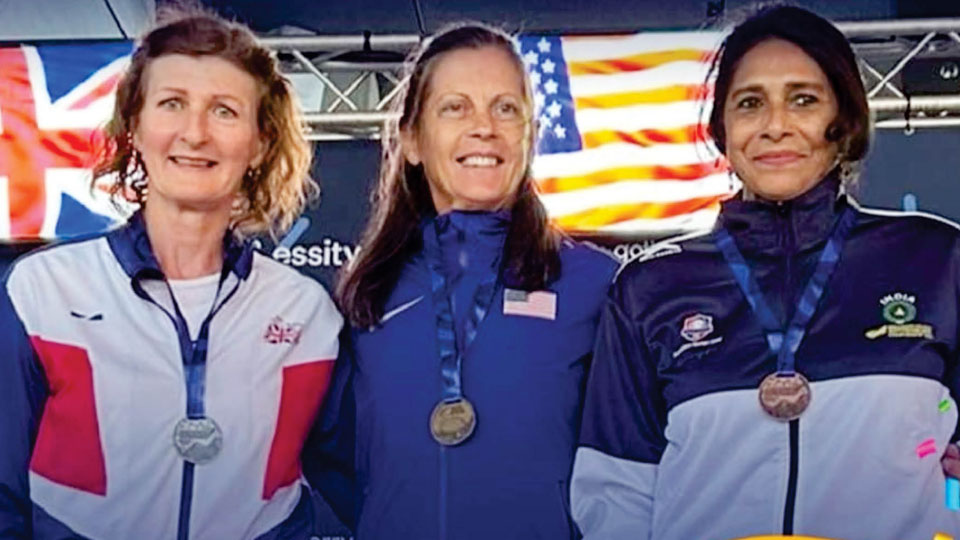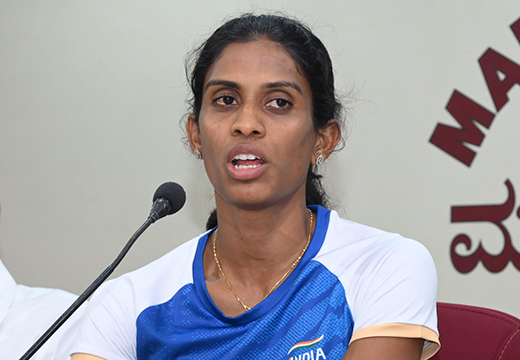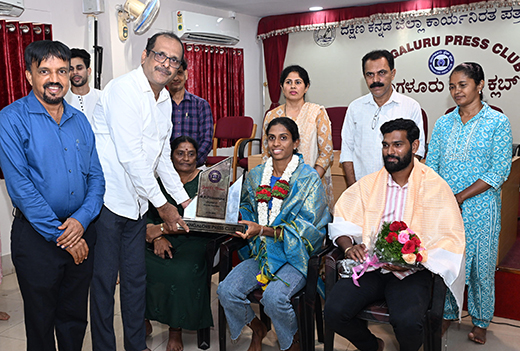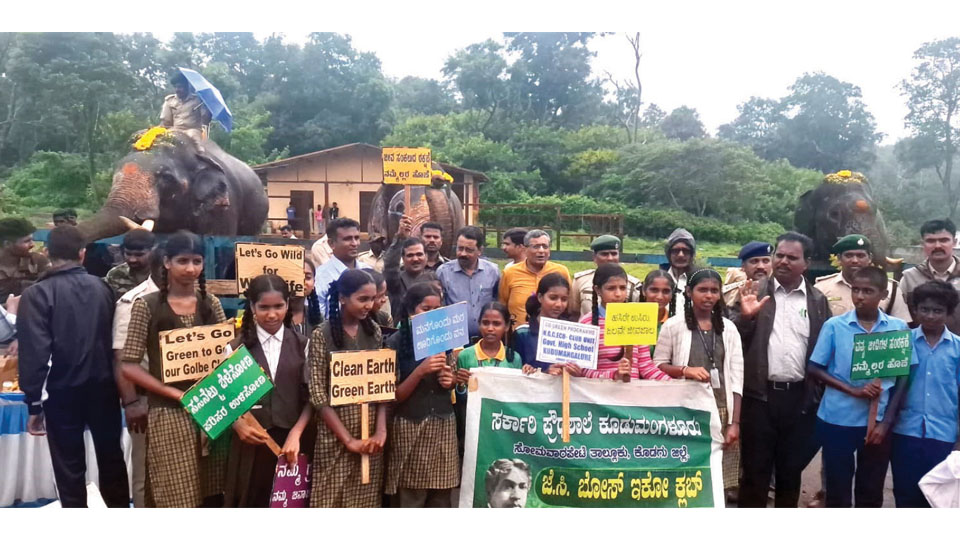
Madikeri:
“There is an urgent need to find a permanent solution to prevent wild elephant-human conflicts,” stated Meriyanda Sanketh Poovaiah, Member of the State Board of Wildlife (SBWL).
Speaking at the ‘World Elephant Day‘ celebration organised by the Madikeri Wildlife Division of the Kodagu Circle at Harangi Elephant Camp, Poovaiah highlighted the critical role of community involvement.
“Rescuing wild elephants is not solely the responsibility of the Forest Department and the Government. There is an immediate need for the participation of border residents, organisations and the public in this effort,” he emphasised.
Poovaiah also mentioned that, to address the rising human-wild elephant conflicts in Kodagu district, a consultation meeting was held with Forest Ministers and officials from the neighbouring States of Kerala and Tamil Nadu. A decision on this matter will be taken by the Chief Minister’s Legal Advisor and Virajpet MLA A.S. Ponnanna.
During the event, Dubare Elephant Camp Veterinarian Dr. Chittiappa educated students about elephants and their habitats, answering their questions. Madikeri Regional Division Deputy Conservator of Forests (DCF) Bhaskar underscored the significance of World Elephant Day.
The elephants at the Dubare camp, including Lakshmana, Eshwara, Ekadanta, Vikrama, Rama and Karna, were bathed, anointed with castor oil, adorned and honoured with a puja. Mahouts Putta, Manju, Vishwanath, Nagaraja, Sanju and Manja guided the elephants in raising their trunks to greet the guests.
Notable attendees included Kodagu Elephant Task Force DCF P. Anusha, Virajpet Subdivision Conservator of Forests N.H. Jagannath, Forest Mobile Squad DCF Syed Ahmed Sha Hussain, Madikeri Wildlife Division DCF K.A. Nehru, ACF Srinivas, along with Forest Officials N.C. Shaman, Mariswamy, Range Forest Officers (RFOs) Rathan Kumar, Kotresh, Aravind & Ravindra and Deputy Range Forest Officers (DRFOs).
source: http://www.starofmysore.com / Star of Mysore / Home> News / September 02nd, 2024
